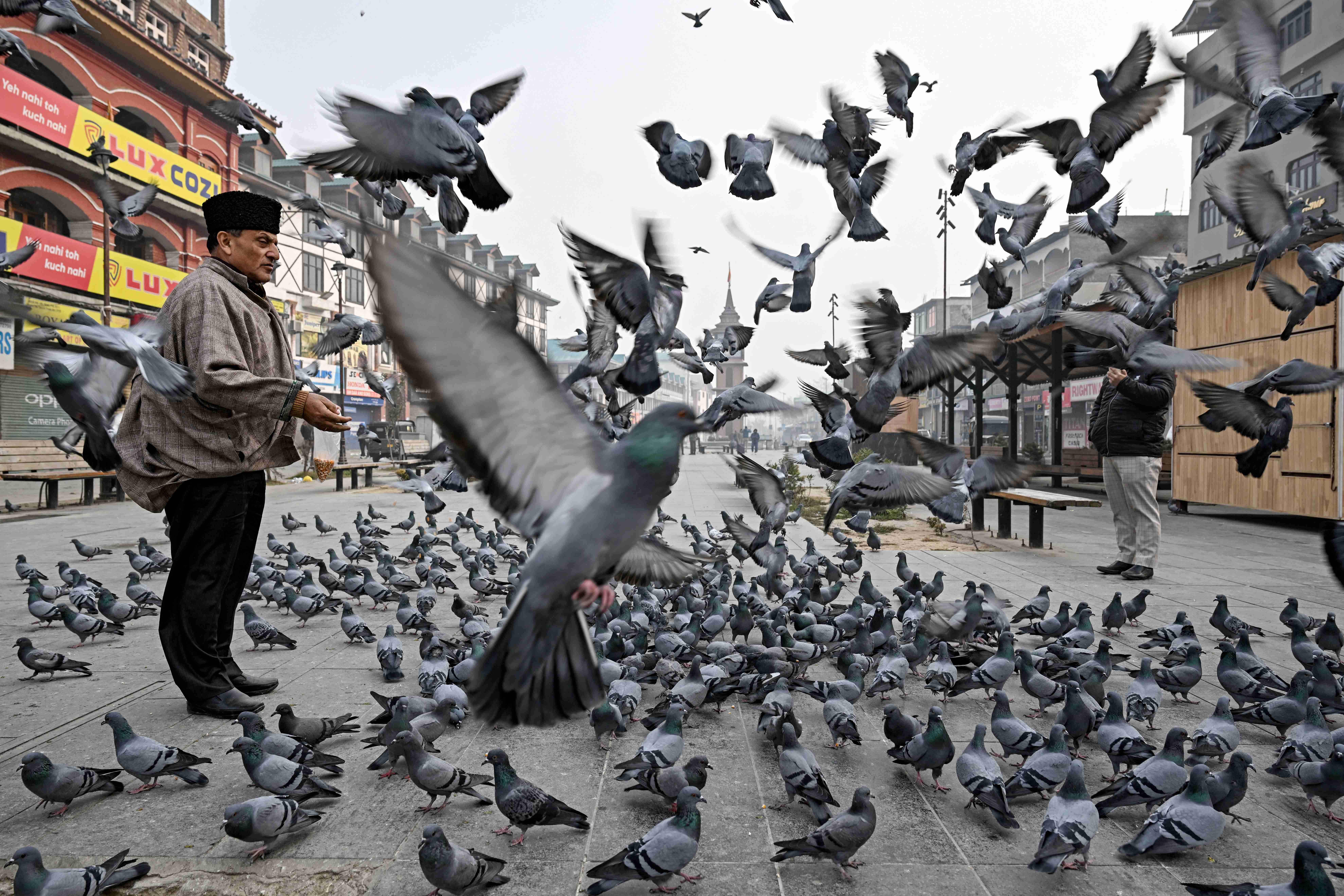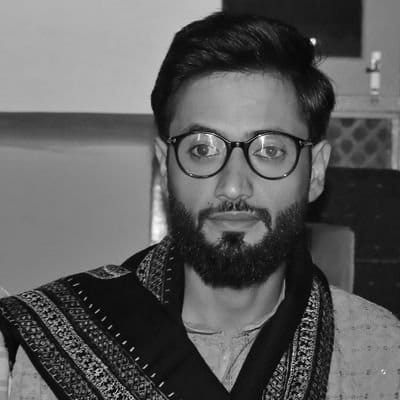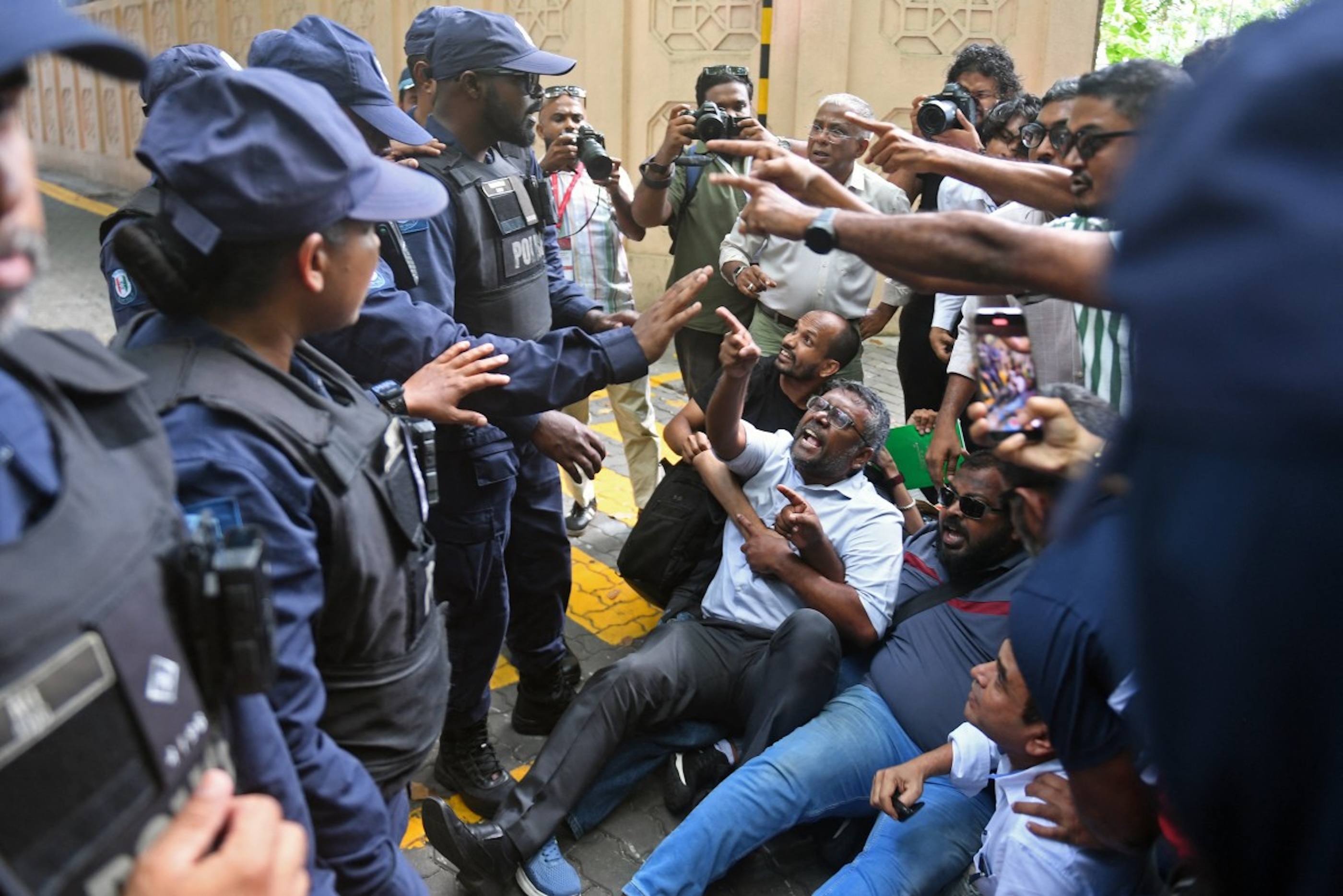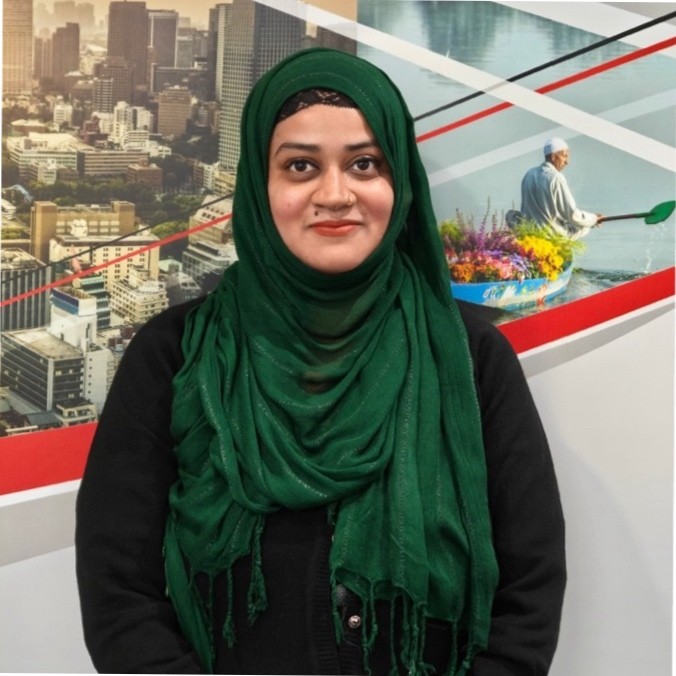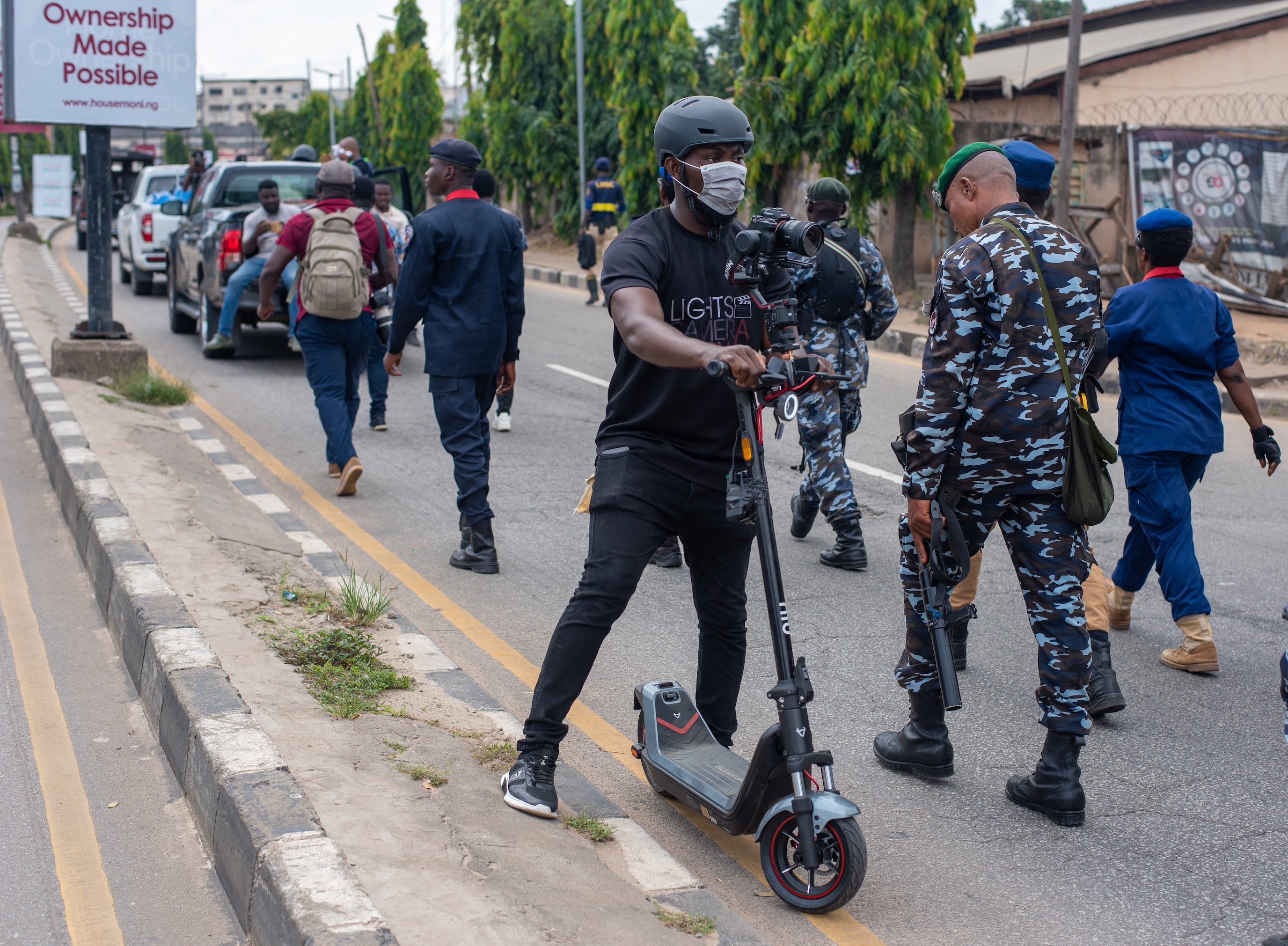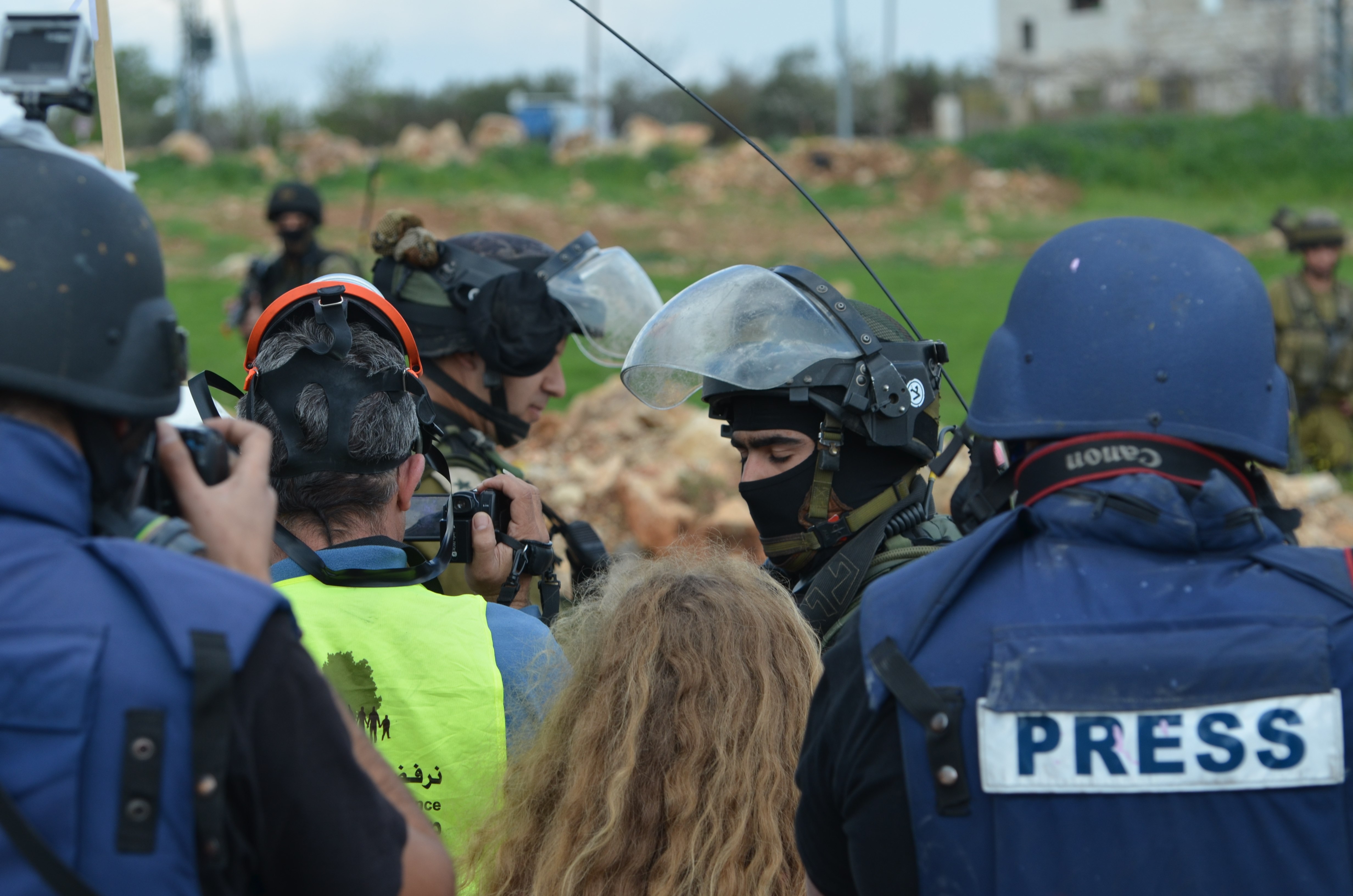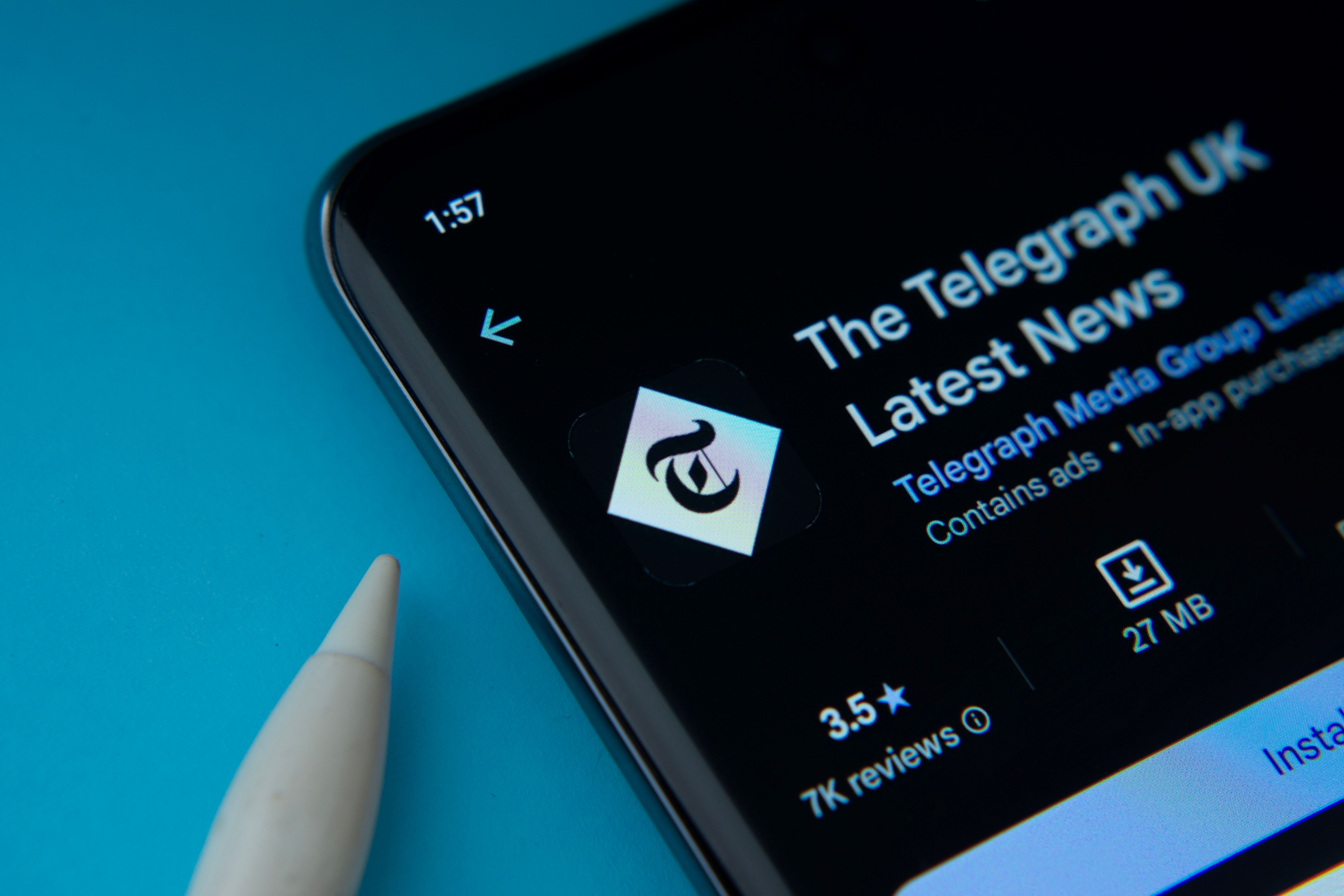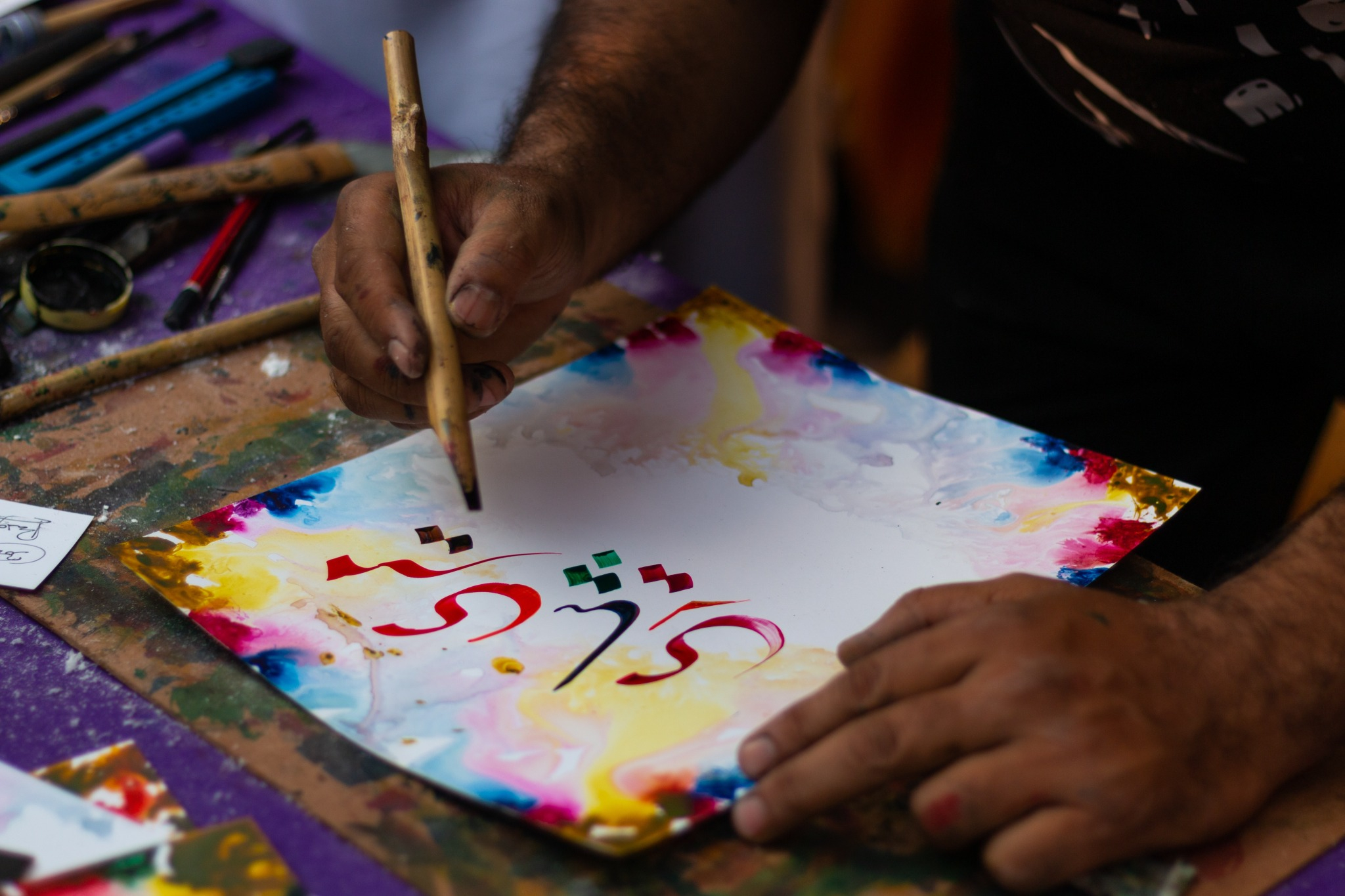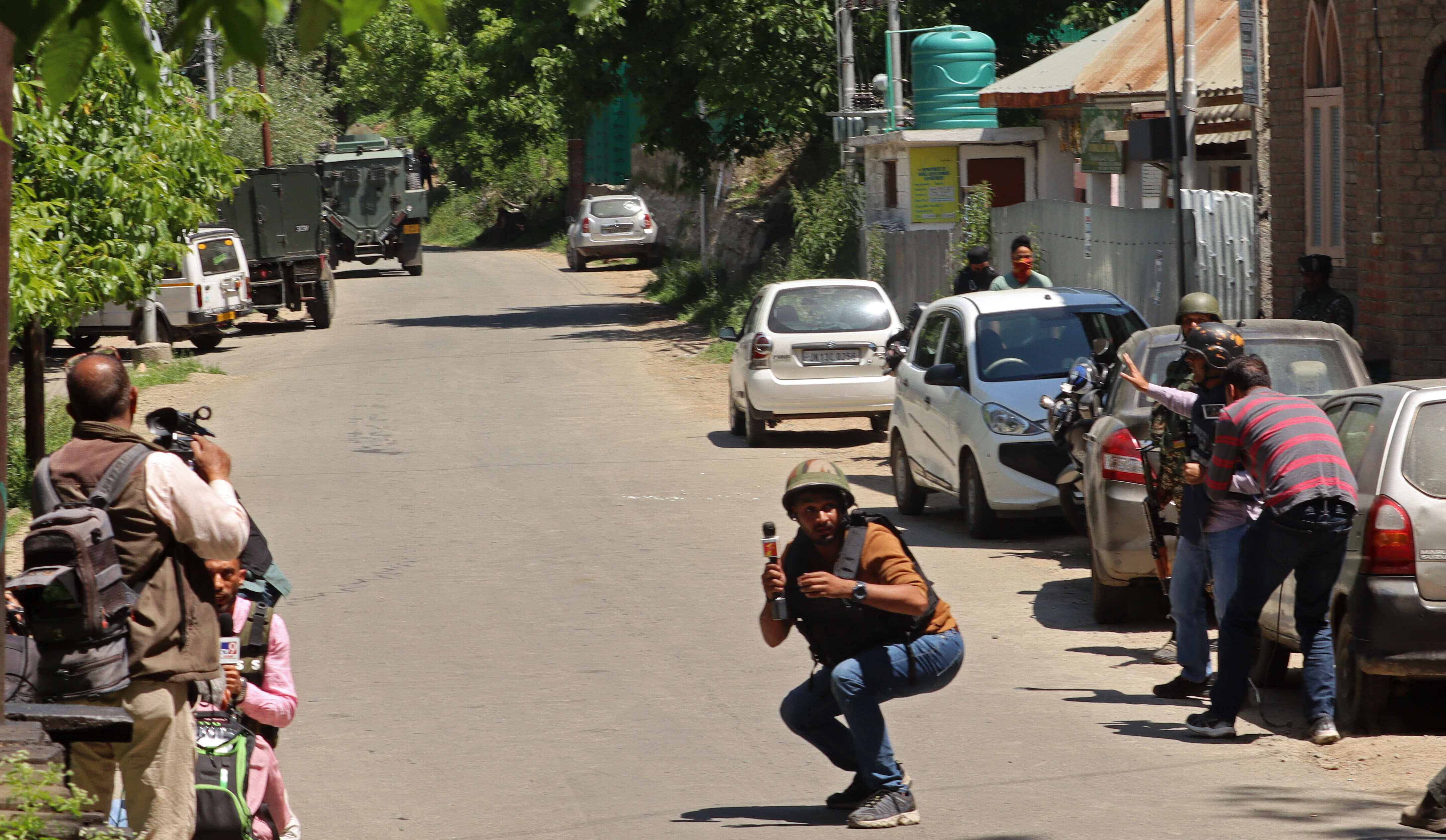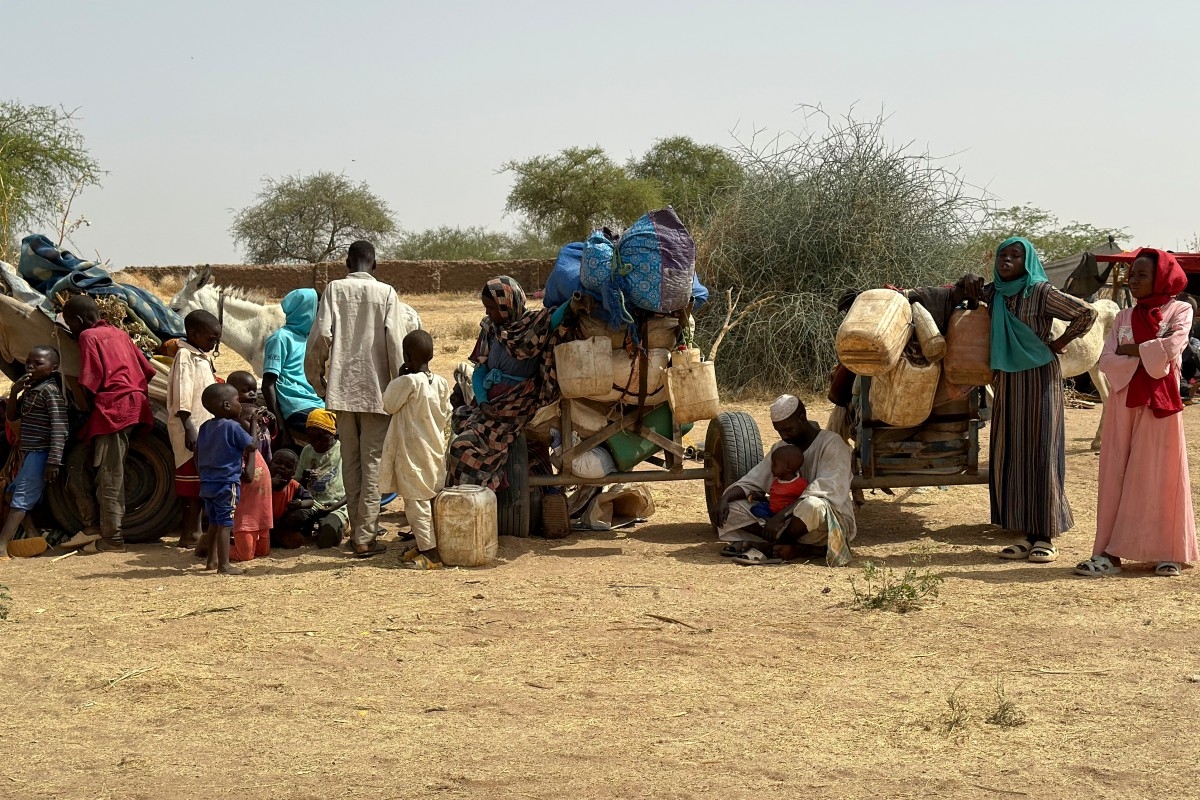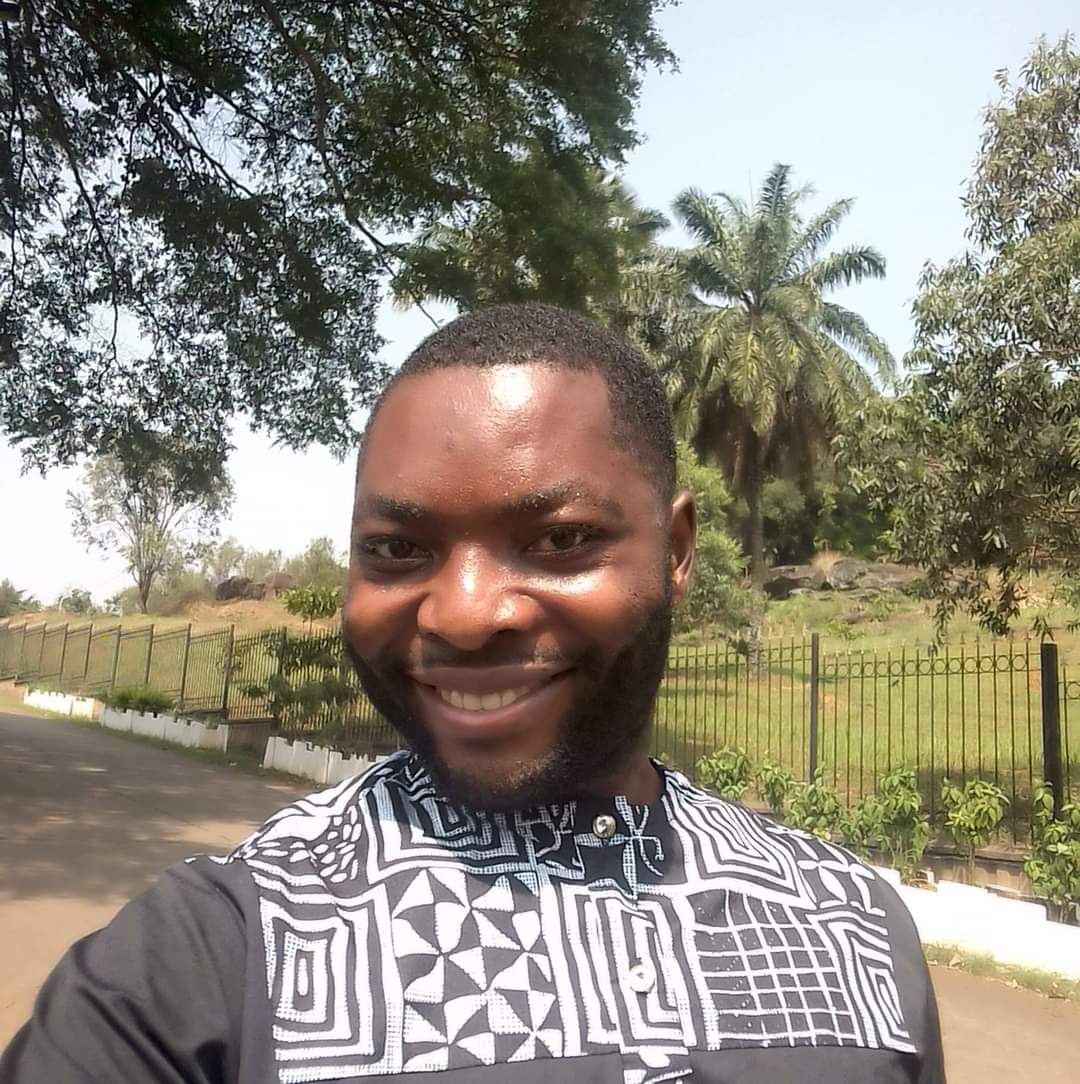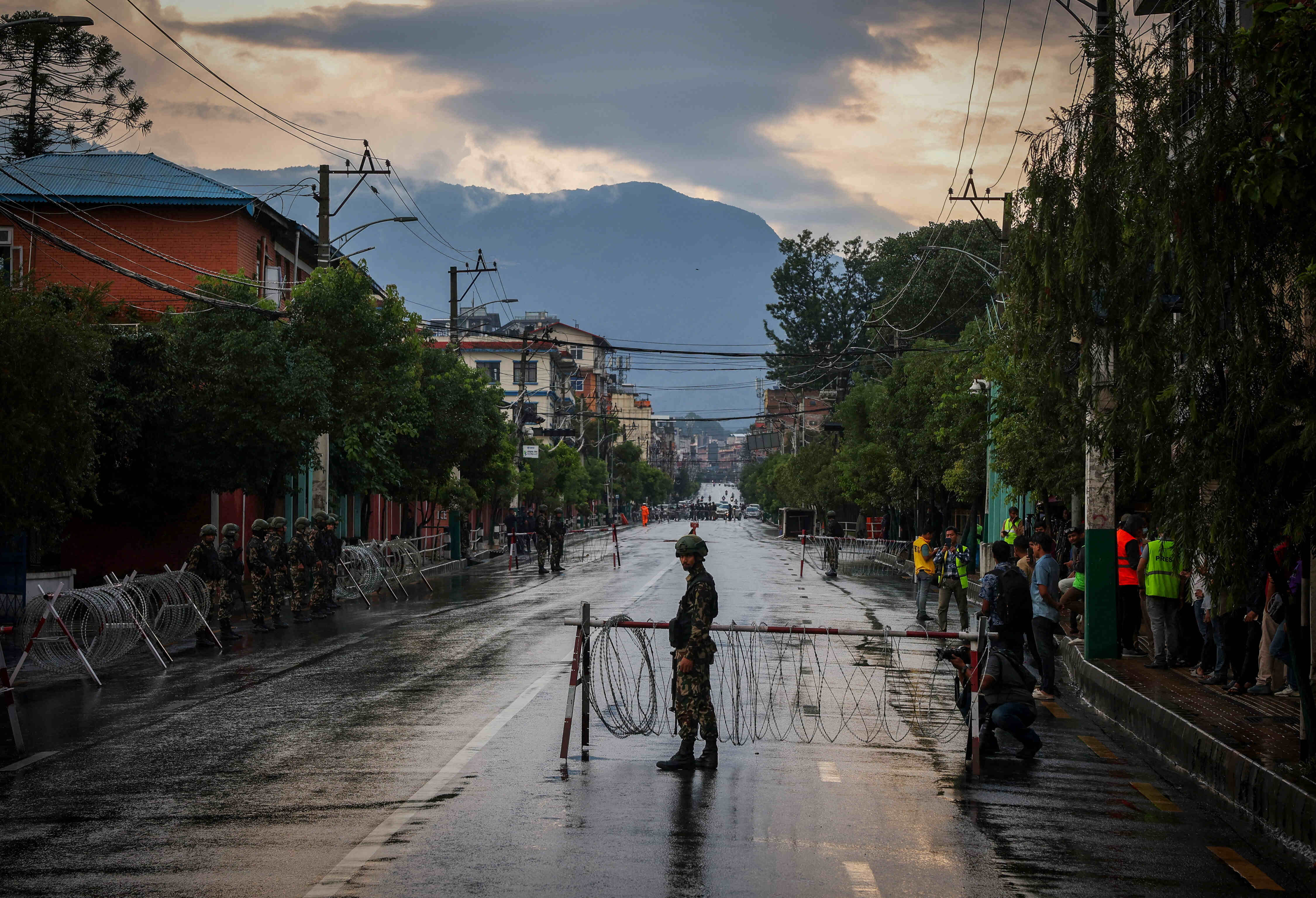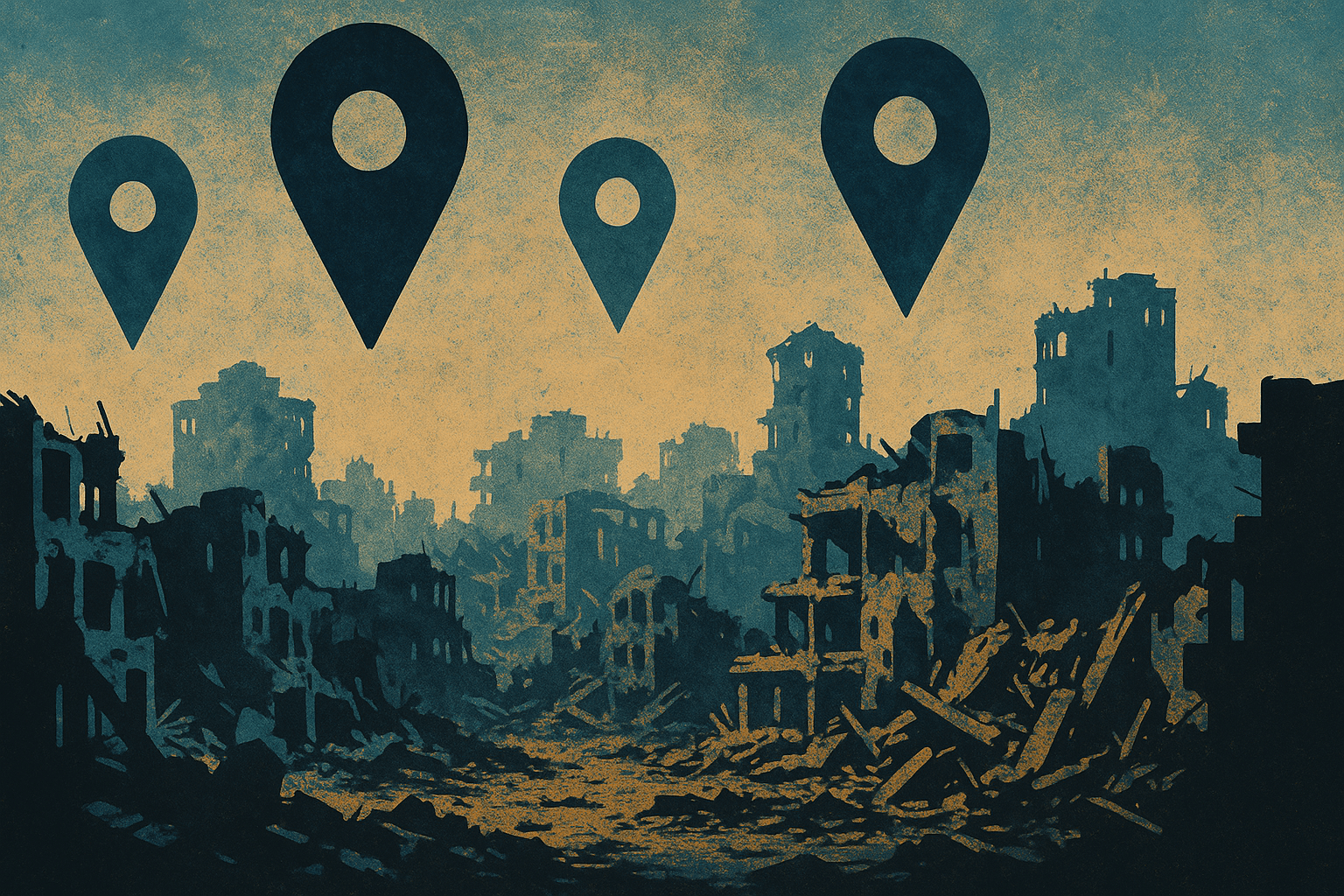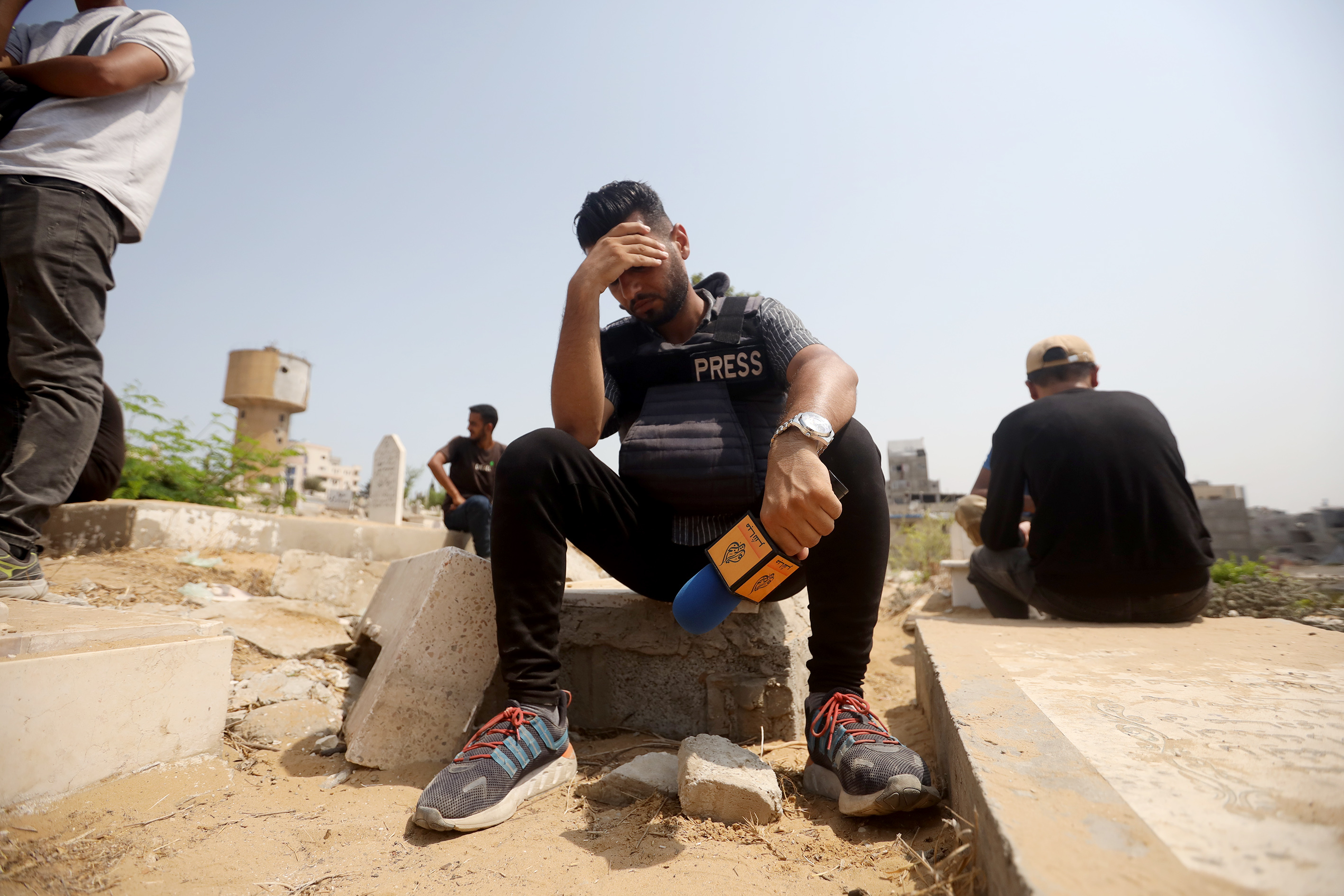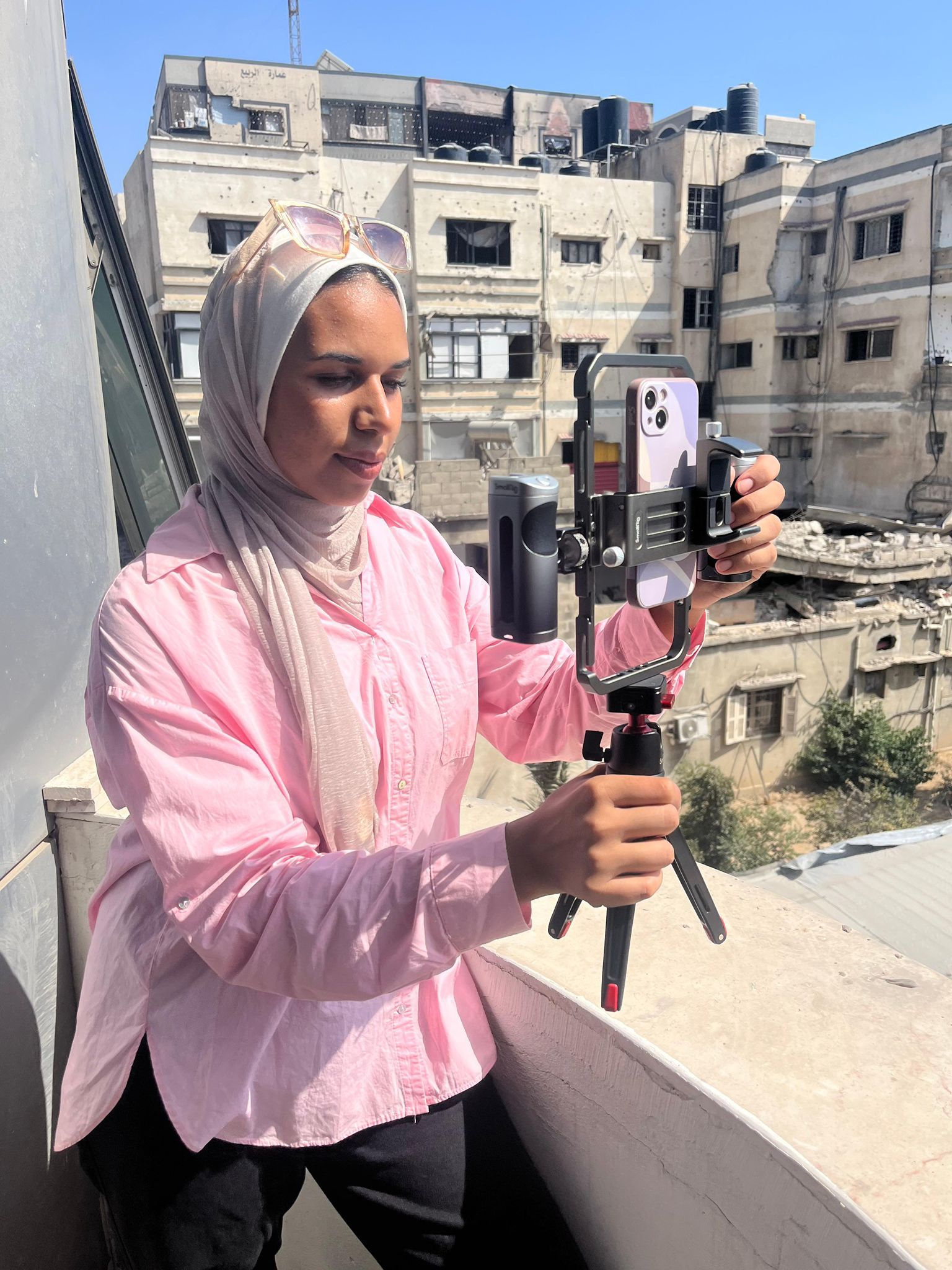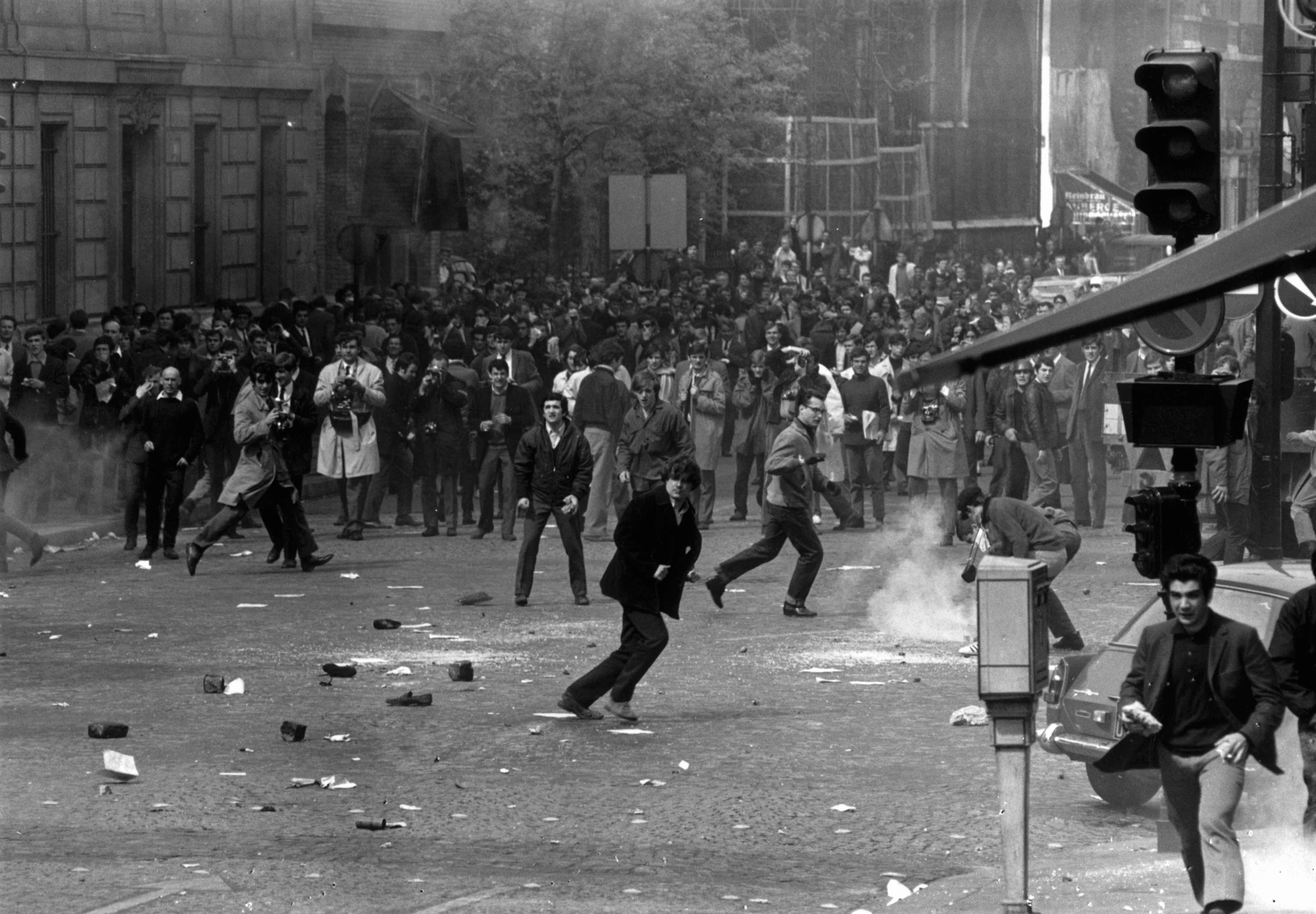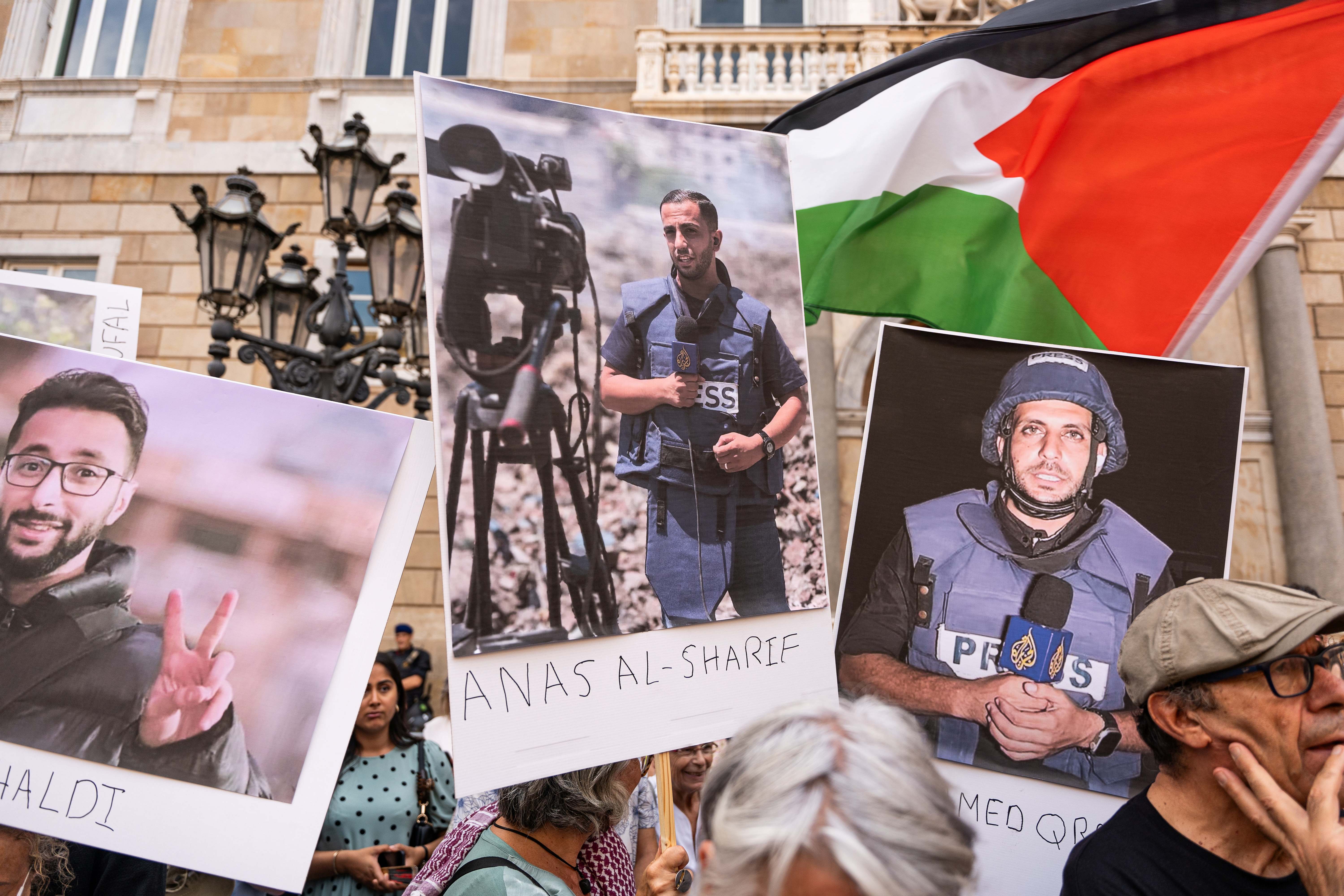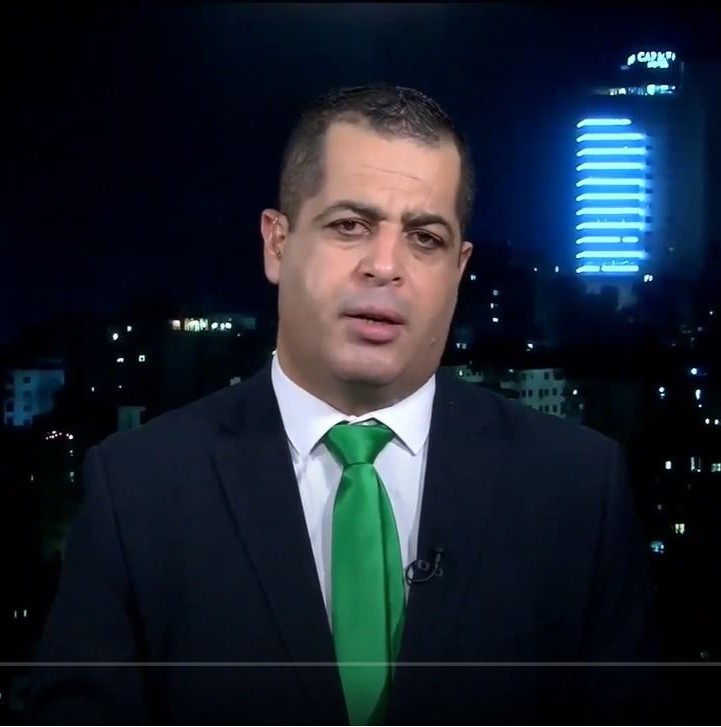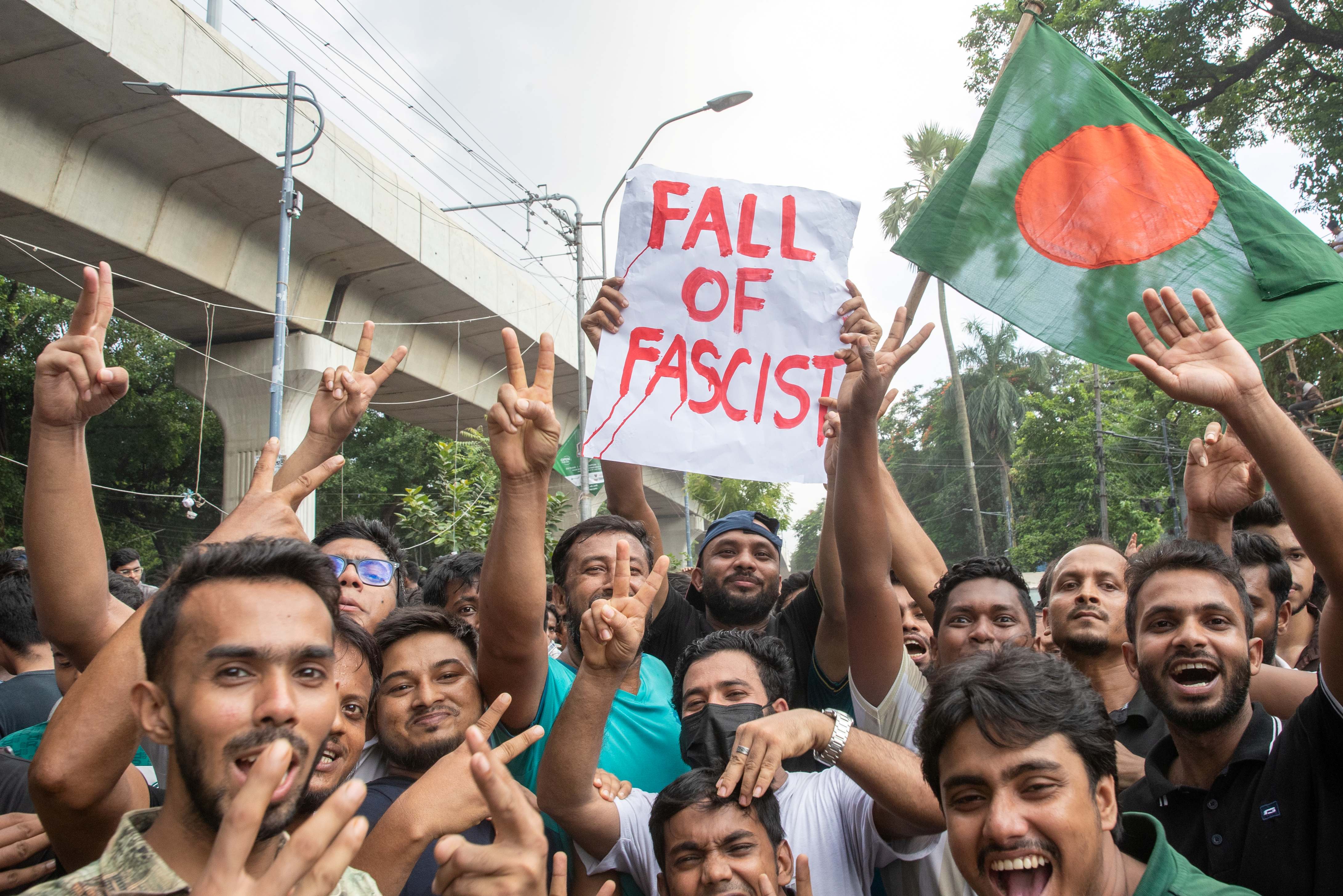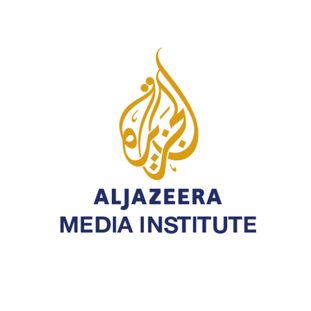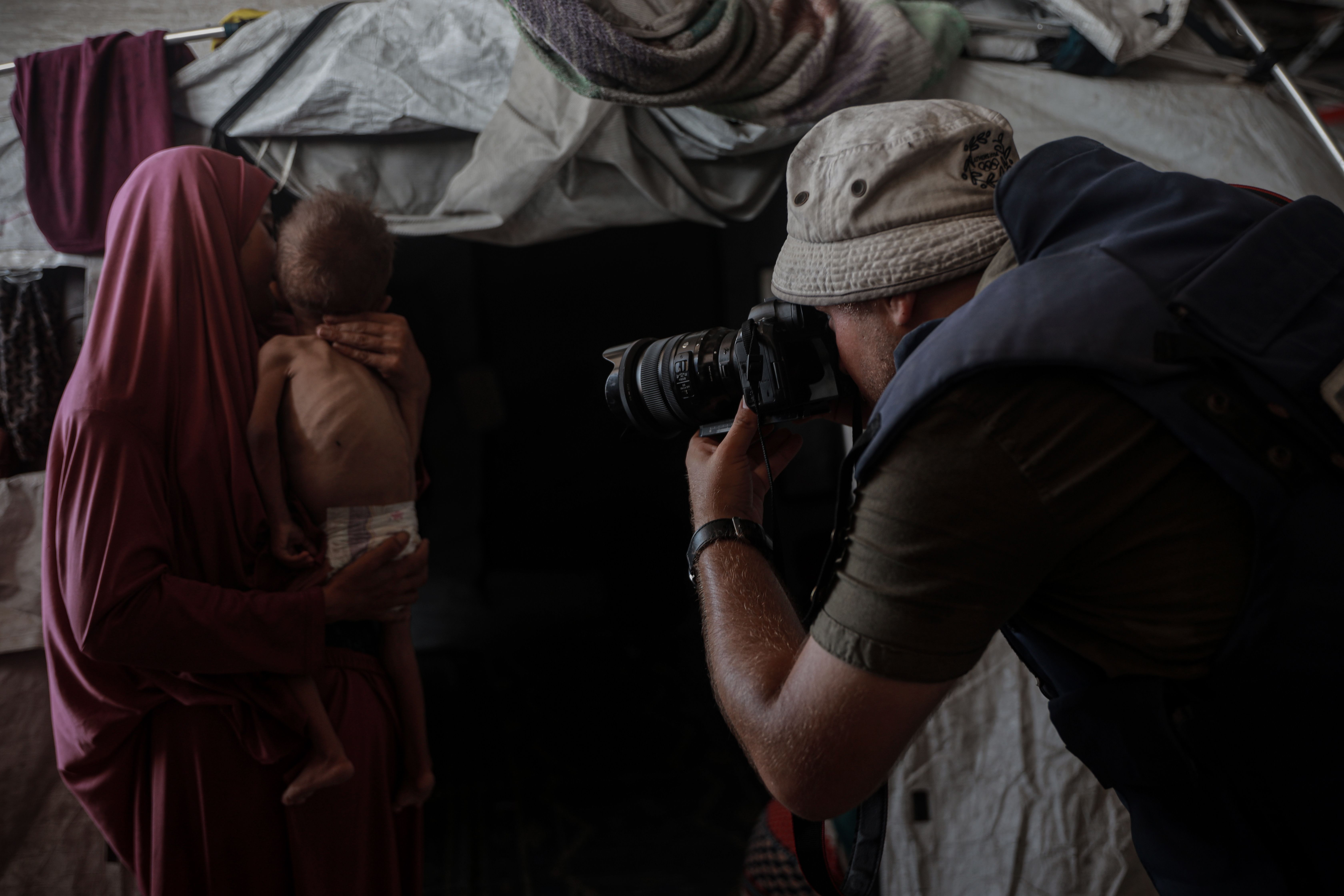عندما ظهر التلفزيون في خمسينيات القرن الماضي، تكهّن العديد من الخبراء في الإعلام بأن مستقبل الصحف الورقية والراديو بات مجهولاً. الأمر ذاته وقع مع ظهور الإنترنت وتقنياته الحديثة مطلع القرن 21، حيث ظن كثيرون أن وظيفة ودور وسائل الإعلام الجماهيرية (الصحف، الراديو، التلفاز) قد انتهت(1). غير أن واقع الحال كذب كل التوقعات؛ ورغم أن وسائل التواصل الاجتماعي قد ساهمت سواء في تزايد وتيرة نشر الخبر ومشاركته أو تغيير عادات القراءة لدى الجمهور، إلا أن الحاسم في بقاء وسيطرة أي من هذه الوسائل ظل دائماً مرتبطاً بجودة واحترافية المحتوى(2).
وهكذا، فلم يتوقف النقاش الأكاديمي حول سؤال "من سيقضي على من؟" في سياق صراع وسائل الإعلام في ما بينها من أجل كسب معركة البقاء. وقد لحق هذا النقاش أيضاً بالصحافة المتأنية التي سجلت عودة قوية إلى الساحة الإعلامية.
وتركز النقاش حول فرص نجاح هذا النمط الجديد من الصحافة في ظل سيطرة وسائل التواصل الاجتماعي، نستعرض في هذا التقرير بعض المعطيات ونتائج الأبحاث حول مدى إمكانية صمود الصحافة المتأنية في خضم مجموعة من التحديات.
-
المقالات الطويلة تنال قسطاً كبيراً من المشاركات (Share):
أثبتت دراسة أعدتها إحدى شركات تحليل محتوى الويب (SERPIQ) أن المواد الصحفية الطويلة التي يتجاوز عدد كلماتها 2000 كلمة تنال قسطاً كبيراً من المشاركات وإعادة النشر على مواقع التواصل الاجتماعي(3).
وتعكس هذه النتائج اتجاهاً جديداً لدى الجمهور مخالف تماماً لما هو معهود ومتفق عليه. فالجمهور، وبسبب كمية المحتويات الإعلامية القصيرة والمفصولة عن سياقها التي يتعرض لها يومياً في مواقع التواصل الاجتماعي؛ أصبح يدرك قيمة المنتج الإعلامي المتأني ولا يكتفي فقط بقراءته أو استهلاكه، بل يقترحه أو يشاركه مع أصدقائه الافتراضيين على منصات التواصل الاجتماعي.
-
المقالات الطويلة صديقة لمحركات البحث (SEO):
توصلت الدراسة نفسها التي أنجزتها شركة SERPIQ عام 2012، بالاعتماد على تحليل 20 ألف كلمة مفتاحية، أنه كلما كان المقال طويلاً، كلما ارتفعت فرص ظهوره في النتائج الأولى في محركات البحث العالمية. وتشير الدراسة إلى أن معدل كلمات المقالات العشر الأولى التي تظهر في محرك البحث هو ما يتجاوز 2000 كلمة(4).
باتت فكرة أن المقالات الطويلة تحقق ظهوراً أوسع في محركات البحث تلقى قبولاً كبيراً حتى من طرف شركة غوغل التي تدرس إمكانية تعديل خوارزمياتها لتدعم فكرة الأولوية للمقالات الطويلة. هذا ما اعترف به عضو الفريق التقني لمحرك البحث الشهير، حيث قال "يلجأ مستخدمو غوغل إلى محرك البحث للإجابة عن أسئلة سريعة، غير أن دراسة تشير إلى أن 10% من المستخدمين الباحثين عن المعلومات يريدون فهم موضوعات بشكل موسع، لهذا نقوم في الوقت الحالي بإجراء بحث بهدف مساعدة المستخدمين على الوصول لمقالات معمقة"(5).
-
المقالات الطويلة تحظى بتفاعل أكبر (Interaction):
من أفضل الطرق للوصول إلى جمهور أوسع وتعزيز التفاعل هي إنتاج محتوى قابل للمشاركة على مواقع التواصل الاجتماعي. وقد أثبت المحتوى الطويل جدارته وتفوقه على المحتوى القصير والسريع؛ ذلك ما توصلت إليه دراسة تجريبية أجراها نيل باتل (Neil Patel)، المتخصص في تحليل محركات البحث، والتي خلصت إلى أن 327 من المقالات التي كتبها على مدونته (Quick Sprout)، والتي تتكون من أقل من 1500 كلمة حصلت على معدل إعادة تغريد بلغ 174 مرة في تويتر، و59 إعجابا على فيسبوك. في حين نالت المقالات التي يتجاوز عدد كلماتها 1500 معدل تفاعل مرتفع وصل إلى 293 تغريدة على تويتر و75 إعجابا على فيسبوك(6).
وتبرز هذه المعطيات اتجاهات جديدة في عالم الصحافة؛ إذ أنها تعاكس ما يعتقده معظم الناس أن الجمهور يفضل محتوى قصير ومختصر.
تحديات الصحافة المتأنية
وعلى الرغم من أن الصحافة المتأنية بدأت تحظى بإقبال متزايد من طرف الجمهور الذي أبدى تفاعله مع المحتويات الطويلة والمتأنية والتحليلية، كما أظهرت الدراسات السابقة، إلا أن الصحافة المتأنية مازلت تواجه تحديات كثيرة متعلقة بكل من الجانب المالي والزمني والتنافسي.
-
التمويل:
إن الاستثمار في مجال الصحافة بشكل عام يعد مخاطرة في الآونة الأخيرة، حيث تعرضت مجموعة من النماذج الاقتصادية لوسائل الإعلام للانهيار بسبب تغيرات كبيرة وقعت على سوق الإعلانات ودخول فاعلين جدد دوليين كشركة غوغل؛ و هو ما ألحق أضراراً بالغة بالمؤسسات الإعلامية التقليدية(7). يضاف إلى ذلك نفور المستثمرين من المشاريع الإعلامية المستقلة عن السلطة والجادة في تعاطيها مع القضايا السياسية لما قد يسببه ذلك لهم من مشاكل مع أجهزة الحكم(8). في هذا السياق، يمكن القول إن أحد أكبر التحديات التي من الممكن أن تحد من انتشار الصحافة المتأنية وازدهار مشاريعها هو التمويل، هذا دون إغفال التكلفة العالية للمحتوى الإعلامي المتأني؛ إذ تحتاج المؤسسة الإعلامية إلى توظيف أحسن الكفاءات الصحفية بحكم أن هذا النمط الصحفي يتطلب موارد بشرية مؤهلة بشكل جيد ومتمرسة على العمل الصحفي الذي يمكن أن يستغرق وقتاً طويلا لإنجاز مادة مفصلة واحدة.
-
الآنية وإكراهات السبق الصحفي:
كما تمت الإشارة سابقاً، تبرز السرعة والآنية كإحدى المرتكزات الأساسية للعمل الصحفي حتى قبل ظهور مواقع التواصل الاجتماعي. وبناء عليه، يعتبر عامل السبق الصحفي من العوامل التي تشكل تحدياً كبيراً أمام الصحافة بشكل عام(9) والصحافة المتأنية بشكل خاص؛ إذ إن هذا النوع من الصحافة يعتمد على البطء والتأني في نشر الأخبار حيث يوظف الوقت الإضافي الذي يحظى به المحرر في البحث والتنقيب في الخبر وخلفياته(10). إلا أن امتياز الوقت الإضافي قد يأتي على حساب السبق الصحفي في بيئة إعلامية سمتها الأساسية هي المنافسة الشديدة بين المؤسسات الإعلامية حول من ينقل الخبر أولا(11). وبالتالي، يعتبر عنصر السرعة والآنية في نقل الخبر من الإكراهات التي تواجه الصحافة المتأنية اليوم، خصوصاً في زمن انتشار مواقع التواصل الاجتماعي.
-
المنافسة:
قد ينظر إلى الصحافة المتأنية على أنها مكمل لخدمات الأخبار العاجلة بل وتصحيحا لها في بعض الأحيان. إلا أن المنافسة من أجل كسب معركة الوجود والبقاء تبقى قائمة بينهما(12). لكن ومع ذلك فإن مستقبل الصحافة المتأنية يبقى غير واضح في الوقت الراهن على الأقل. وذلك راجع إلى سطوة مواقع التواصل الاجتماعي وتأثيراتها الممتدة على مناحي حياة الفرد ومساهمتها البارزة في تغيير أنماط القراءة واستهلاك المحتوى الإعلامي. فبينما يرى الداعمون لفكرة أن مستقبل الإعلام وصناعة الأخبار ستحدده بشكل حصري شبكات التواصل بفعل ميزاتها المتمثلة في السرعة والآنية والتفاعلية، فإن هناك من يؤمن بأنه "لو تابعنا الأخبار يومياً في عصر الحمولة الإعلامية الزائدة، الذي تنهال فيه علينا الكثير من المعلومات بسرعة، فسنحصل على المستجدات، لكننا لن نحصل على الحقيقة الكاملة عن أسباب التطورات". وفي ظل بيئة إعلامية شديدة المنافسة ومتعددة المصادر يصعب فيها ضبط مزاج الجمهور، فإن مسيرة الصحافة المتأنية قد لا تكون يسيرة.
ختاماً، تبدو الصحافة المتأنية مطلباً ملحاً في الوقت الراهن حيث نعيش في زمن ما بعد الحقيقة الموسوم بانتشار الأخبار الكاذبة والمعلومات المضللة وثقافة التبسيط والتسطيح الناتجة عن السرعة. ولعل عودة الصحافة المتأنية قد يعيد للعمل الإعلامي قيمته وجدواه. وفيما تدعم الدراسات والبيانات التي استعرضناها في سياق هذا التقرير فرضية أن الصحافة المتأنية تجد قبولاً ملحوظاً لدى الجمهور، إلا أنه ومع ذلك يبقى مستقبل هذا النمط الجديد من الإعلام مجهولاً.
1- Newman, Nic. "The rise of social media and its impact on mainstream journalism." (2009)
2- Tandoc Jr, Edson C., and Tim P. Vos. "The journalist is marketing the news: Social media in the gatekeeping process." Journalism Practice 10, no. 8 (2016): 950-966.
3- فرح عصام، "صحافة النمط الطويل: هل ترسم مستقبل الإعلام القديم"، موقع ميدان، تاريخ الزيارة 4 ديسمبر 2018، الرابط: https://bit.ly/2yDkabe
4- John E Lincoln, The SEO and User Science Behind Long-Form Content, Search Engine Land, 2015 (Retrieved from https://selnd.com/2QiqLCR, Visited on 9 December 2018)
5- Ibid
6- Neil Patel, How Content Length Affects Rankings and Conversions, Quick Sprout, 2012. Retrieved from https://bit.ly/1Tw6rrR
7- Kaye, Jeff, and Stephen Quinn. Funding journalism in the digital age: Business models, strategies, issues and trends. Peter Lang, 2010.
8- أحمد الزاهراني، "السلطة السياسية والإعلام في الوطن العربي"، (بيروت، مركز دراسات الوحدة العربية، مارس 2015).
9- Lee, Angela Min-Chia. "How fast is too fast?: examining the impact of speed-driven journalism on news production and audience reception." PhD diss., 2014.
10- Le Masurier, Megan. "What is slow journalism?." Journalism Practice 9, no. 2 (2015): 138-152.
11- Cohen, Elisia L. "Online journalism as market-driven journalism." Journal of Broadcasting & Electronic Media 46, no. 4 (2002): 532-548.
12- Blanding, Michael. "The value of slow journalism in the age of instant information." Nieman Reports 19 (2015).


